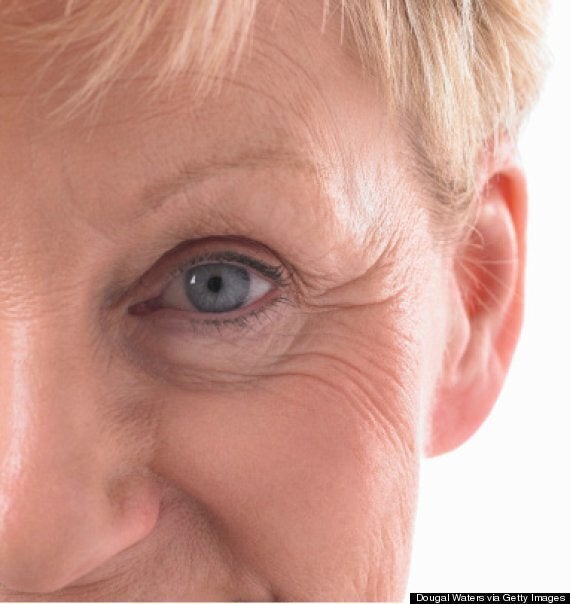Getting wrinkles are an inevitable part of ageing, but scientists have revealed that you may be able to maintain your skin's youth - and without pumping it full of chemicals (hurrah!).
New research from McMaster University in Ontario has found that exercise could not only keep skin younger, but may also even reverse skin ageing in people become more active late in life.

Earlier studies at McMaster examined the affect of exercise on mice. Researchers examined mice that were bred to age prematurely - they split the mice into two groups and provided on group with exercise wheels.
The mice that remained sedentary rapidly grew frail, ill and greying or bald. But the mice that were given access to running wheels maintained healthy brains, hearts, muscles and reproductive organs. Their fur remained far longer than their sedentary labmates and didn't even turn grey.
The researchers wondered if exercise could have the same affect on people so conducted a second test, presented at The American Medical Society for Sports Medicine, using 29 male and female volunteers ages 20 to 84.
Half of the volunteers have an active lifestyle, participating in about three sessions of exercise per week. The other half of the group exercise for less than an hour per week.
The researchers asked each volunteer to uncover a buttock so they could examine skin rarely exposed to the sun.
The study found that after age 40, the men and women who exercised frequently had visibly younger looking skin - markedly thinner, healthier stratum corneums and thicker dermis layers in their skin. 40-plus-year-olds had skin closer in composition to that of the 20- and 30-year-olds than to that of others of their age who do not exercise regularly, even if they were past age 65.
The researchers acknowledge that these differences in skin appearance could also be down to other factors such as diet, genes and general lifestyle.
Researchers then set a group of the sedentary volunteers over the age of 65 to do two sessions of exercise each week by jogging or cycling at a moderately strenuous pace, equivalent to at least 65 percent of their maximum aerobic capacity for 30 minutes. This continued for three months.
At the end of that time, the researchers again biopsied the volunteers’ skin and compared it to their original results. The samples looked very different, with outer and inner layers of skin now looking very similar to those of 20- to 40-year-olds.
"I don’t want to over-hype the results, but, really, it was pretty remarkable to see," said Dr. Mark Tarnopolsky, a professor of pediatrics and exercise science at McMaster who oversaw the study.
He continued to say that under a microscope, the volunteers’ skin "looked like that of a much younger person, and all that they had done differently was exercise."
How exercise changes skin composition is not yet completely clear. The researchers checked for alterations in the levels of some substances created by working muscles. Called myokines, these substances enter the bloodstream and jump-start changes in cells far from the muscles themselves. The scientists found greatly augmented levels of a myokine called IL-15 in the skin samples of volunteers after exercise, which may explain the skin's youthful appearance.
We'll see you at the gym...